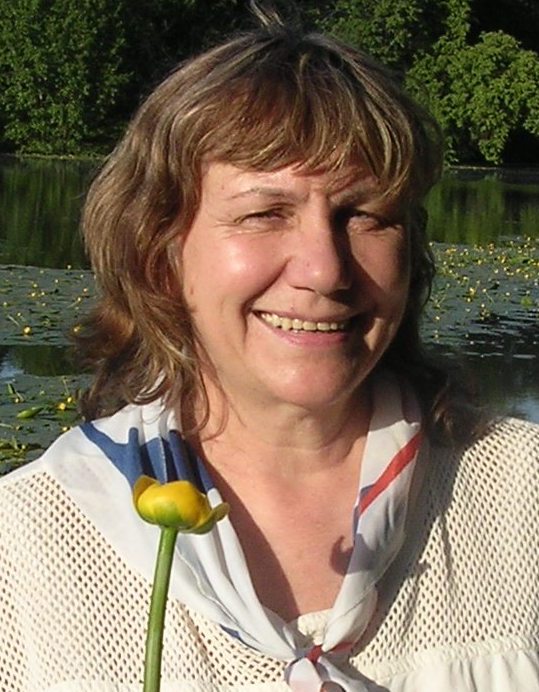The Schroedinger Equation and Structures in the Physical Vacuum
Year: 2011 Pages: 5
One of the peculiarities of biological chemistry is that in a living organism the molecules are built under control of enzymes. In this process bimolecules act as well-tuned mechanisms, that conflicts with a concept of molecule as a quantum system that is governed by probabilistic laws of quantum mechanics. The question arises whether deterministic behavior of biomolecules can be understood by the traditional scientific methods at all or whether one can do so by the introduction of additional forces and fields in quantum physics. In the author's opinion if we return to the idea of ?hidden variables? it becomes possible to get rid of the probabilistic interpretation of the quantum formalism. As is well known, the Schroedinger equation is the main postulate of quantum mechanics. Therefore, if we are going to introduce any previously unknown forces to Quantum Mechanics, we should preserve the Schroedinger equation ? perhaps by interpreting it differently. In this work it is proved that the Schroedinger equation can be derived from the deterministic laws of classical mechanics. In this case the Schroedinger equation is a necessary condition of a stable motion of a particle. In the author's view during the motion of electrons in an atom the structures are formed in the physical vacuum. The forces caused by these structures serve to stabilize the electrons' motion along the orbits corresponding to eigen values of energy. If consider these structures as quasi-particles of physical vacuum that have spin, then the natural frequencies of the atom are the frequencies of the precession of the quasi-particles' spin.


